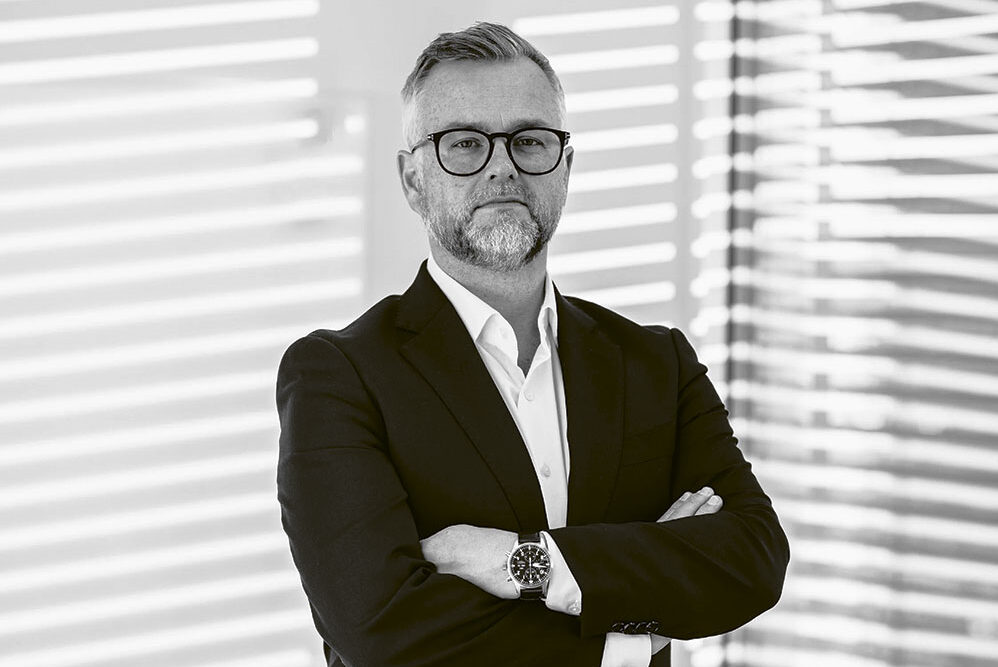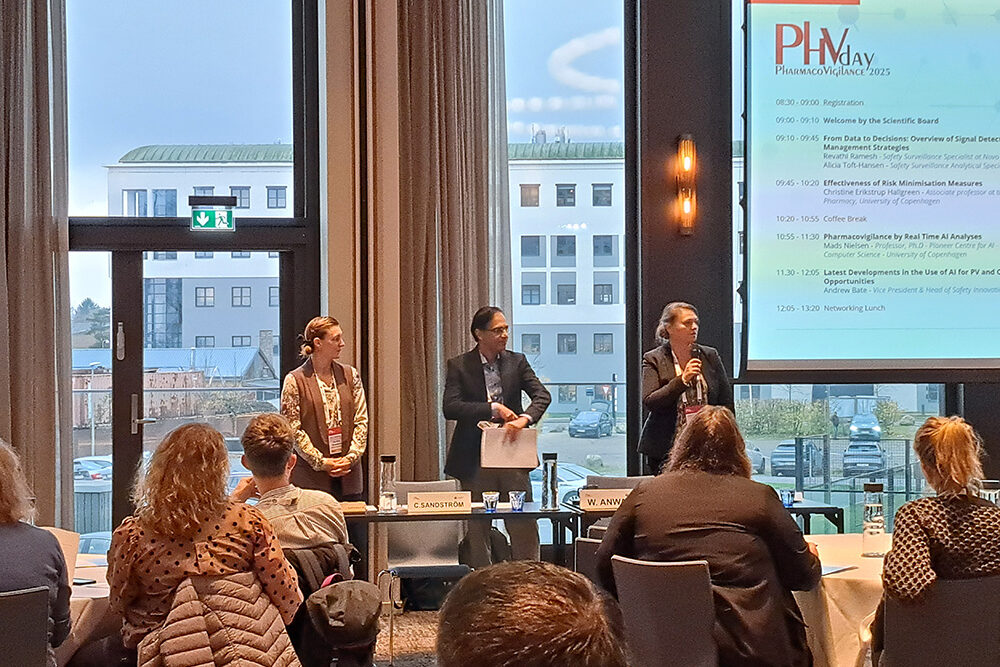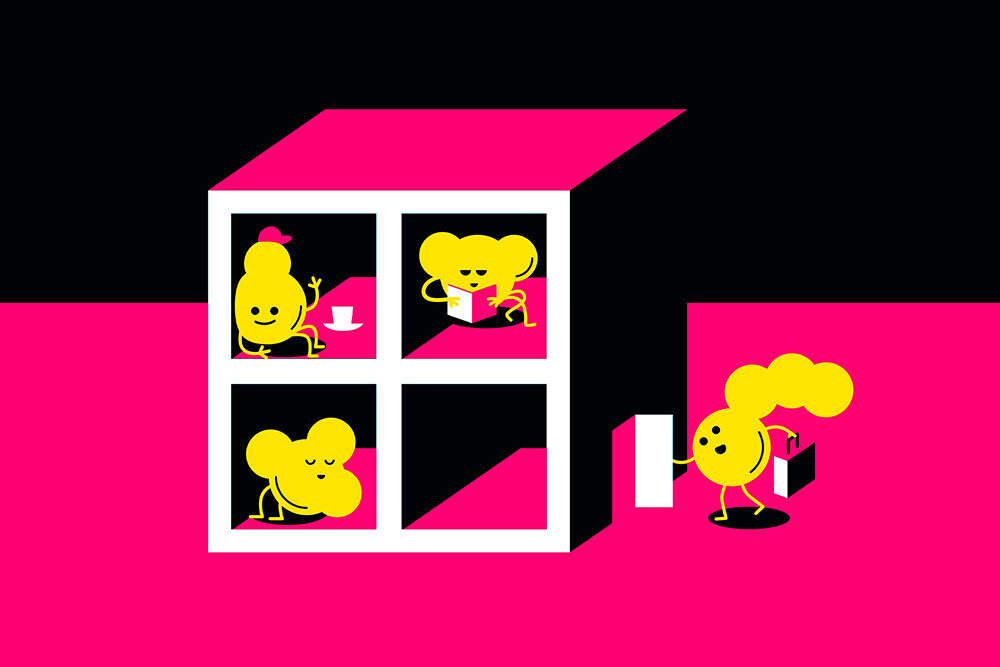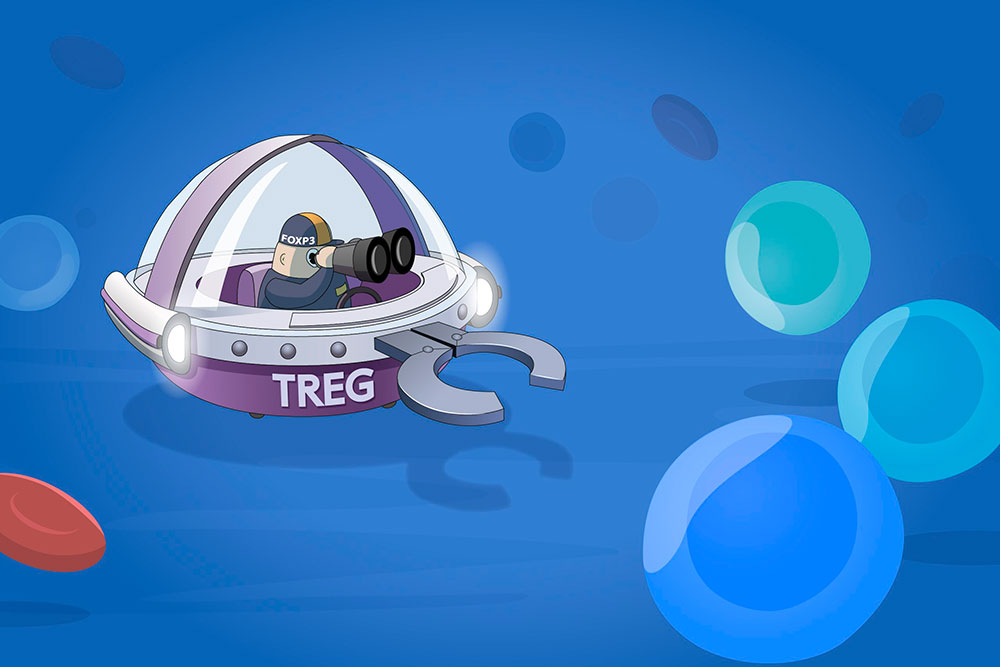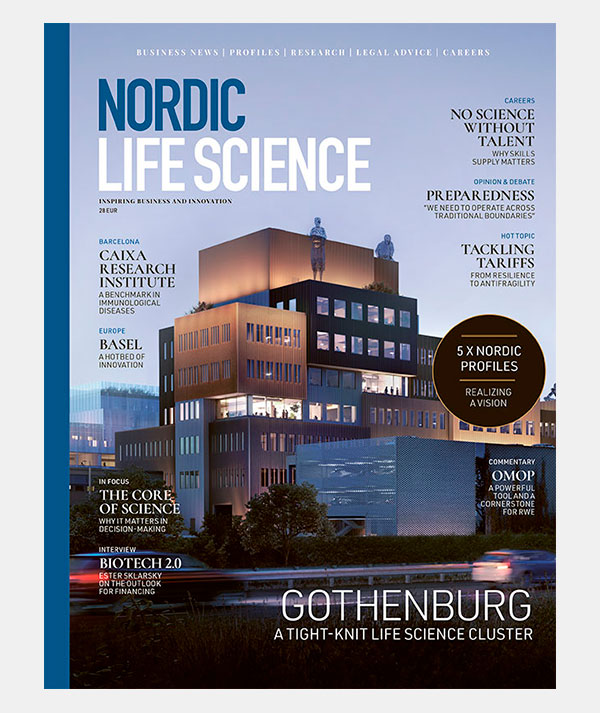She is the winner of Forskningsfyren
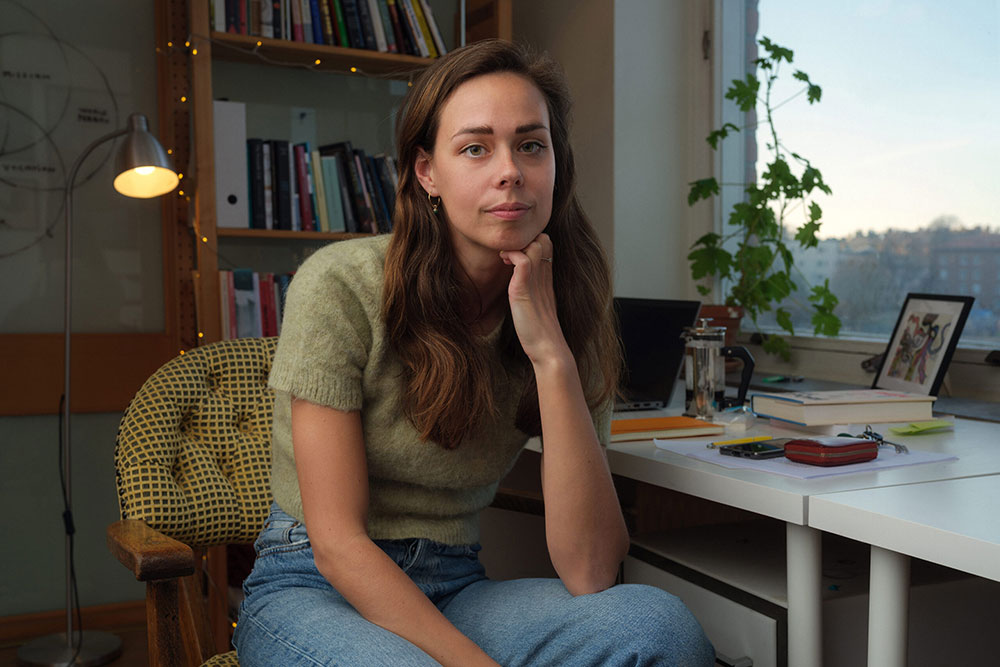
Julia Ravanis is awarded Forskningsfyren 2025 “for her innovative way of spreading knowledge across generational boundaries through a unique union of poetry, humanities and natural sciences.”
“Julia Ravanis acts as a guide and ignites interest, raises questions and shows the younger generation how knowledge can guide us through uncertainty. A worthy recipient of the first Forskningsfyren,” states the Jury Chair Karolina Kauppi, Associate Professor of Neuroscience at Karolinska Institutet and Umeå University.
Through books, theater, podcasts, essays, and panel discussions, she makes science accessible, engaging, and relevant to a broad audience, describes the jury of the new prize.
“Using language that is both poetic and everyday, Ravanis conveys knowledge about everything from the history of computers and quantum physics to the development of mathematics. Ravanis moves freely across the boundaries that separate the sciences by uniting humanities and natural science perspectives. She makes the difficult both beautiful and meaningful, thereby showing how science can help us understand both the world and ourselves,” they state.
Julia Ravanis
Julia Ravanis defended her PhD in 2025 in the history of technology at Chalmers University of Technology in Gothenburg with the thesis Organising Computing Work: Data Processing at the Swedish Defence Research Agency in the Mainframe Era. Ravanis is the author of the books Skönheten i kaos (Natur & Kultur, 2022) and Emmys teorem (Natur & Kultur, 2024), the latter awarded the Gerard Bonniers Essäpris 2025. Skönheten i kaos was also a theatre play staged at the Folkteatern in Gothenburg. In 2024, she was awarded the “Alumnus of the Year – Stjärnskott” award by Chalmers. Ravanis regularly participates in public discourse, including in Sveriges Radio’s Filosofiska rummet, at the announcement of the Nobel Prize, and as a summer speaker in 2025. Since 2018, she has been a member of the editorial board of the magazine Glänta and writes regularly in Svenska Dagbladet.
About Forskningsfyren
Starting in 2025, the Young Academy of Sweden will award the Forskningsfyren (Research Lighthouse) prize to a younger researcher active in Sweden who has made significant contributions to shedding light on knowledge. Above all, to children and young people, and preferably in an innovative and inclusive way. The jury consists of three members from the Young Academy and three external, leading experts in research communication.
Published: October 24, 2025


